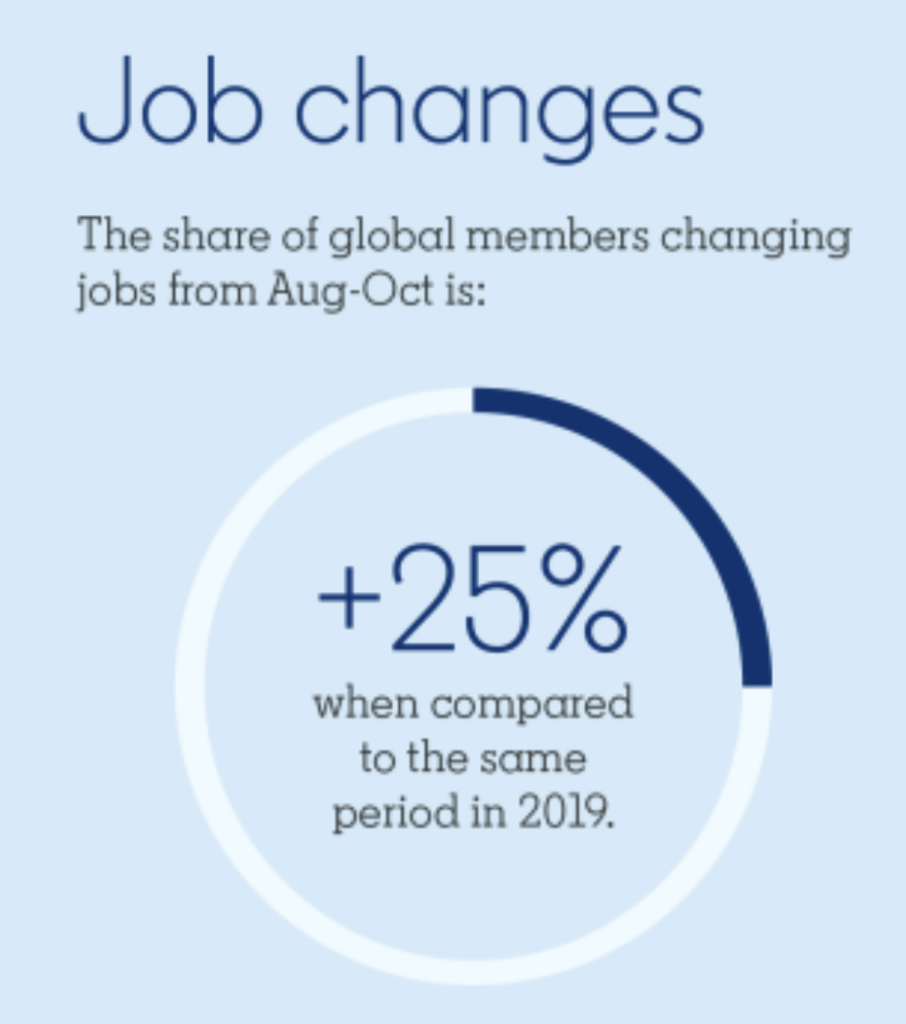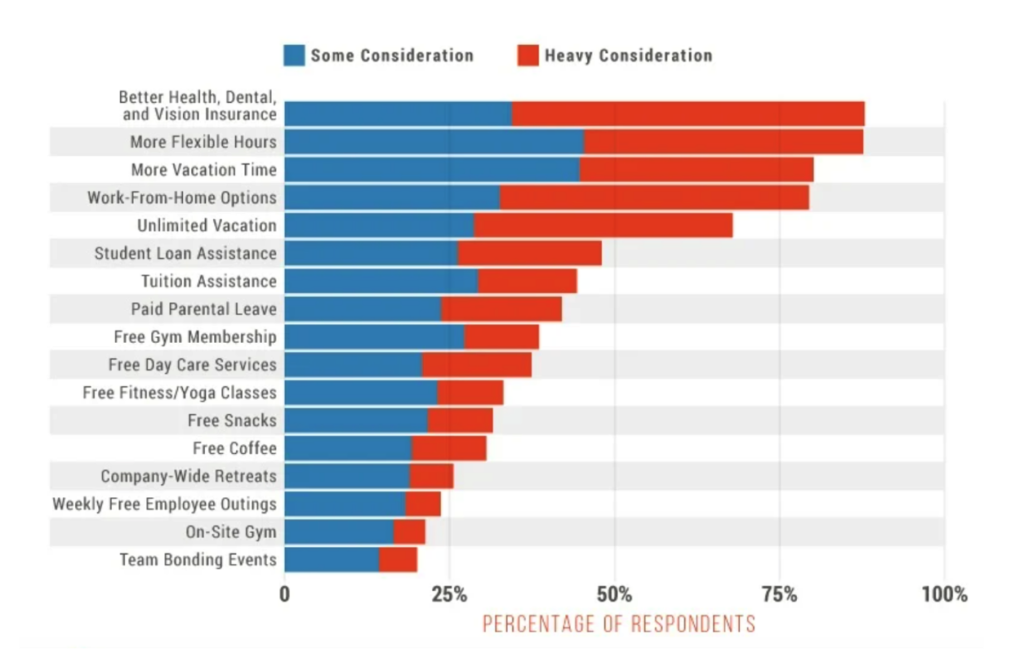
It’s an interesting time for sales recruiting. We’re at a point where the worst of the pandemic is over, and things have steadily gotten back to normal, albeit it’s “a new normal.” As you might imagine, this has created some significant changes, with the rise of remote work and video conferencing being some of the biggest.
Besides that, there’s been an alarming rise in salesperson turnover, where it’s up substantially from a couple of years ago. For this post, I’ll examine this trend in-depth to understand why it’s happening and how to respond.
A Sharp Rise, Then Gradual Fall in Unemployment
First, it’s important to understand the context of how things got to their current state. In early to mid-2020, when COVID got into full swing, there was a sharp rise in unemployment. It went from being just under 4% in February 2020 to nearly 15% by April.
At that point, many sales professionals were scrambling to find work, with many making the shift from a brick-and-mortar setting to remote. However, as things began to stabilize, so did the unemployment rate, and by December 2021 it was back to around 4%. This brings me to my next point.
A Surge in Flexible Work and SaaS Companies Hiring Salespeople Outside Their Industry
The backlash of COVID has had far-reaching implications, not all of which are currently known. But two particular changes that have impacted the sales industry are growing flexible work options and SaaS companies hiring outside their industry. With “the genie being out of the bottle” with remote and hybrid work models and stiff competition with high-paying tech companies looking for top talent, it’s created an employee market.
Now that the worst of the pandemic is behind us, salespeople with robust skill sets are looking for the best possible jobs. And this led to another trend — higher turnover.
Salesperson Turnover Increased By 25%
Under normal circumstances, the average salesperson turnover rate hovers around 10%. But that number has more than doubled over the past couple of years.
“One consistent theme we’re seeing,” writes Karin Kimbrough, Chief Economist at LinkedIn is that “workers across the globe are eager for change and are ‘voting with their feet’ by taking their experience and skills to new roles at an accelerated pace. Globally, the share of members changing roles in October was up 25% compared to the pre-pandemic period in October 2019.”
As a result, this has made it far more difficult for companies to retain top sales talent — an issue that can be frustrating and detrimental to their bottom line.
Why Has Salesperson Turnover Increased?
I touched on the reasoning earlier with the increased desire for sales reps to have more flexible work options and higher pay. But let me unpack this a bit more. According to LinkedIn, the three main reasons for increased salesperson turnover are better compensation (54%), better alignment with employee values (48%), and more opportunities to move up (44%).
It’s clear that elite salespeople in 2022 have far more leverage than they did during the height of the pandemic. This combined with the highest inflation rate in 39 years at 7% has basically created a bidding war that shows no signs of stopping any time soon. That’s why salespeople looking for better compensation is the number one reason for high turnover.
Beyond that, the added leverage today’s sales reps have has resulted in them seeking employers that have matching values and more career advancement opportunities.
How to Handle the Spike in Turnover
This begs the question. What exactly should you do about this trend?
The short answer is to make sure you’re offering competitive pay. Recent reports indicate that the average salesperson’s salary in 2022 is around $60,000. However, those in the top 25% earn closer to $89,000. So that’s a pretty good range to aim for when deciding how much to pay new hires.
Keep in mind, though, that the salesperson’s salary outlook has increased significantly since 2010, so you’ll likely need to keep raising it steadily as time goes on. Besides that, it’s helpful to offer the right benefits, as this can serve as an added incentive to pull in the best and brightest in your industry. I wrote a post about the top 10 benefits today’s salespeople are looking for based on concrete data, and that’s a great starting point.
Here’s an overview for reference.
But what if offering a high salary just isn’t an option?
In that case, I recommend focusing on two key areas as selling points — schedule flexibility and advancement opportunities. With many of today’s top salespeople valuing remote working arrangements, a healthy work-life balance, and the chance for growth, this can be very appealing and give your brand a competitive edge.
Wrapping Up
COVID turned the world on its head in more ways than one. And we’re still feeling the aftershocks long after the pandemic reached its peak.
The bottom line is that salesperson turnover has reached record highs in 2022 and won’t likely change any time soon. But with the right game plan and an understanding of what top reps are looking for, you should still be able to hire elite talent, and more importantly, retain them.
Looking to hire better sales talent faster? See how HireDNA can help using intelligent matching and science-based assessments. 92% of candidates recommended by HireDNA climb to the top of their sales force within the first year and turnover is lowered by an average of 33%.



